#golden fleece
Text
Gold Turtle Necklace from Ancient Colchis (modern-day Georgia/South Caucasus) c. 450 BCE: this necklace was crafted from 31 turtle-shaped pendants, each one made of g0ld

The necklace was discovered during excavations at an archaeological site in Vani, Georgia (the country, not the state). Ancient Vani once served as the religious and administrative center for the Kingdom of Colchis; as I've previously discussed, Colchis was also known as the homeland of the fabled Golden Fleece, and to much of the ancient world, the Colchians themselves were renowned for their skills in goldsmithing.
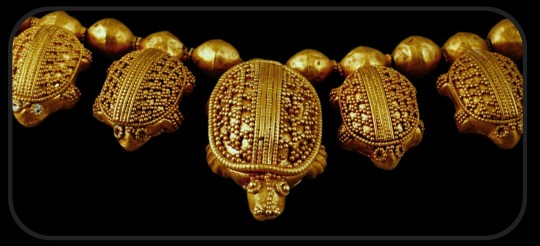
The turtle pendants on this necklace are all decorated with ornate filigree and granulation patterns. The eyes of the 30 smaller turtles were originally made with glass inlay, while the eyes of the largest turtle (seen in the center) were made from drops of gold.
As this article also notes (translated from Georgian):
[This necklace] is unique because of the zoomorphic depiction that it presents. Among the known examples of goldsmithing from antiquity, the depiction of a turtle is not attested anywhere other than the Vani necklace.
The local origin of the necklace is primarily indicated by the stylistic unity of the pendants with other examples of Colchian goldsmithing. It should be noted that the land turtle depicted on the pendants was widespread in Colchis.
The excavations at Vani have uncovered lots of other artifacts made by Colchian goldsmiths. These artifacts include temple ornaments, zoomorphic figures, pieces of jewelry, diadems, headdresses, hairpins, drinking vessels, and appliqués, among other things, and they've provided some really valuable insights into the unique goldsmithing traditions that existed among the peoples of Colchis -- and the myths that evolved as a result.
A few of the other golden artifacts from Vani:
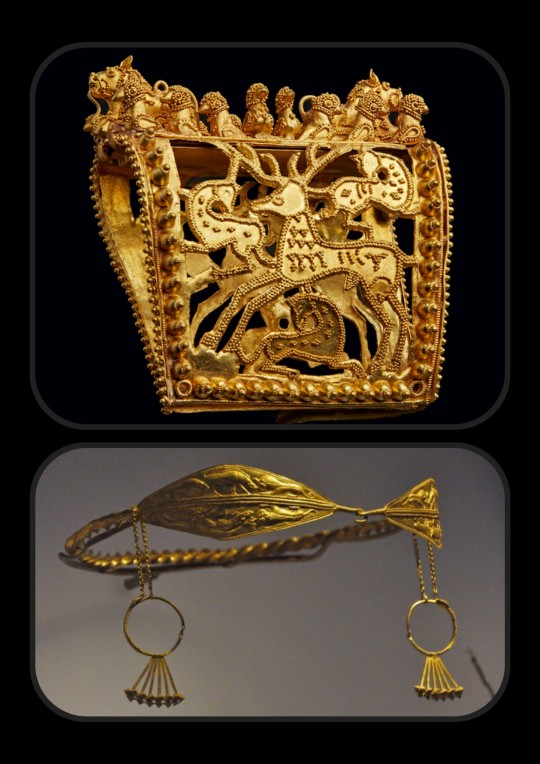
Top: headdress ornament featuring an openwork design, c. 350-300 BCE; the central panel of this piece depicts a stag and three other deer, while the frame is topped by two lions and several rows of birds; Bottom: a diadem with a set of temple ornaments, c. 400-350 BCE; all of the panels along the front of the diadem depict scenes of prey animals being hunted by lions
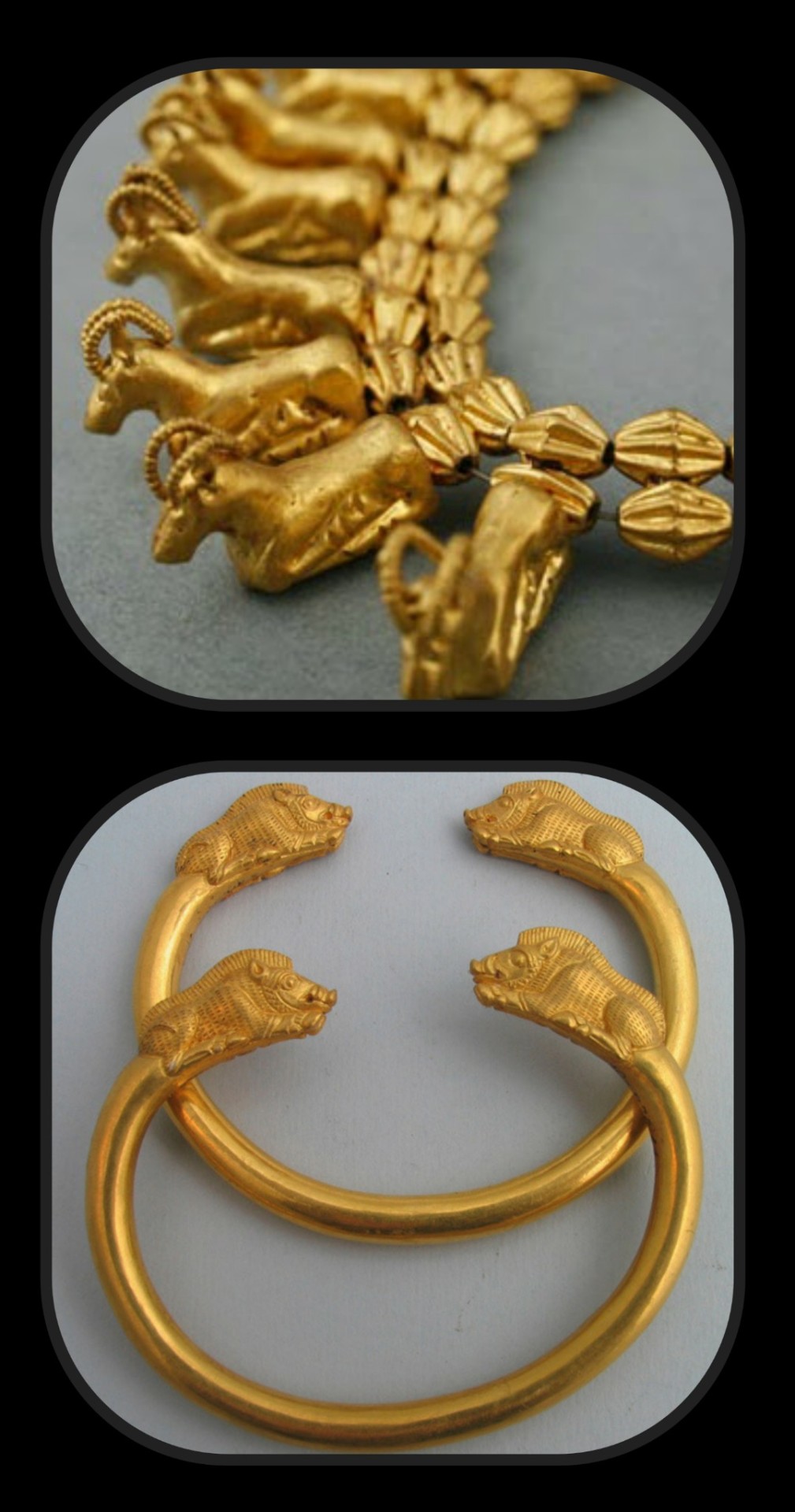
Top: necklace with a series of ram-shaped pendants, c. 400-350 BCE; each pendant was forged from two separate castings that were sealed together to form a complete shape, and the ears/horns were then soldered onto each piece; Bottom: set of bracelets with boar finials, c. 460-440 BCE

Golden appliqués depicting various animals, c. 400-300 BCE

Set of temple ornaments that depict two pairs of riders on horseback, c. 400-350 BCE
And a map showing the location of modern-day Georgia (just for reference):

As this map illustrates, Georgia is nestled right at the crossroads between Europe and Asia, with the Black Sea located on one side and the Caspian not far from the other; it is bordered by Russia to the North and by Turkey, Armenia, and Azerbaijan to the South
Sources & More Info:
National Geographic (Georgian): Golden Kolkheti
Atinati: The Golden Kingdom of Colchis
Smithsonian: Summary of "Wine, Worship, and Sacrifice: the Golden Graves of Ancient Vani" Exhibition
Burusi (Georgian): The Archaeological Discoveries at Vani
Quaternary International: A Modern Field Investigation of the Mythical “Gold Sands” of Ancient Colchis and the “Golden Fleece” Phenomena
#archaeology#history#artifact#ancient history#georgia#sakartvelo#colchis#kolkheti#vani#gold#turtle#jewelry#golden fleece#goldsmithing#south caucasus#mythology#art#applique
2K notes
·
View notes
Text
There’s something poetic about Thalia being saved by the Golden Fleece, the original Jason’s discovery.
#I bet she had feelings about it when she found out#I’m having feelings about it right now#Thalia Grace#jason grace#jason and the argonauts#grace siblings#jason and thalia grace#pjo#percy jackson#percy jackon and the olympians#percy jackson and the olympians#camp half blood#thalias tree#golden fleece#peleus the dragon#the sea of monsters#sea of monsters#percy jackson and the sea of monsters#SoM#pjo som#pjo thalia#pjo jason#greek mythology
193 notes
·
View notes
Text

Jason in search of the Golden Fleece, sows dragon's teeth which spring up a harvest of armed men to destroy him., by Mariel Wilhoite
#mariel wilhoite#art#illustration#golden age of illustration#1930s#1930s art#vintage art#vintage illustration#vintage#american art#american artist#american illustrators#books#book illustration#mythology#greek mythology#jason#jason and the argonauts#golden fleece#classic art
383 notes
·
View notes
Text

Golden Fleece lying at anchor in the roadstead, by Jack Spurling (1870 – 1933)
70 notes
·
View notes
Text
the family dynamics in the sea of monsters though.
Percy, the son of Poseidon, with the help of his half-brother (Tyson) is going to steal his half-brother’s HAIR (Golden Fleece) from his other half brother.
that is insane, guys.
#Percy Jackson#tyson#golden fleece#polyphemus#sea of monsters#pjo#percy jackon and the olympians#wrong spelling but it’s popular#Like all my posts#It only exist because me and my friend go slightly insane when we’re together.
25 notes
·
View notes
Photo

(via GIPHY)
#giphy#tcm#turner classic movies#classic movies#odyssey#hydra#tcmff#tcmff2020#greek mythology#ray harryhausen#columbia pictures#fantasy film#jason and the argonauts#stop-motion animation#golden fleece#don chaffey#bernard herrmann#jason and the golden fleece#serpentine water monster#lernaean hydra
256 notes
·
View notes
Text
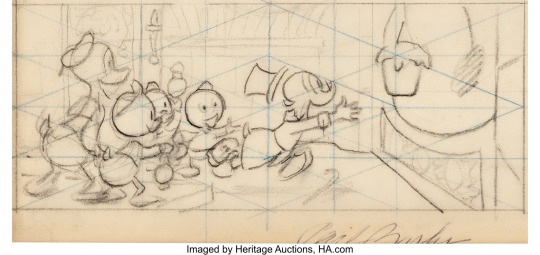

Carl Barks "Golden Fleece" Concept Sketch Art and Fine Art (Walt Disney, 1972) Source, source
22 notes
·
View notes
Text

The Golden Fleece by Herbert James Draper
According to Simon Toll, "the image of the powerful femme fatale makes her most dramatic appearance in Draper's ambitious, large canvas The Golden Fleece", which is "certainly the most histrionic" of his paintings. As a passage attached to the painting when it was exhibited at the Royal Academy explains, Medea throws her brother into the sea to drown so that her father will slacken his pursuit longer enough for her to escape with the golden fleece.
#golden fleece#art#herbert james draper#greek mythology#femme fatale#medea#sea#argonautica#ancient greece#colchis#history#europe#european#mythological#mythology#jason and the argonauts#sorceress#priestess
222 notes
·
View notes
Photo
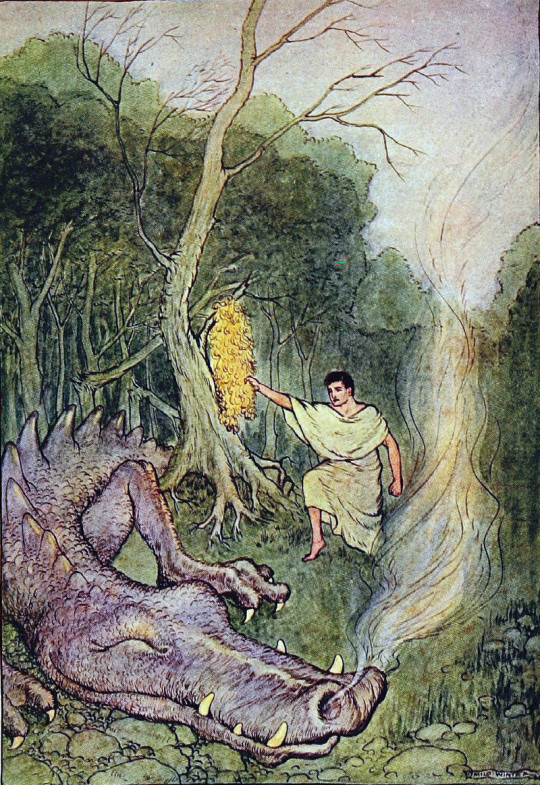
Source details and larger version.
I’ve collected quite a few vintage dragons – see what treasures they’re guarding!
126 notes
·
View notes
Text
Unravel the enigma of Jason's epic quest for the Golden Fleece! While many see it as pure mythology, let's explore the tantalizing possibility of hidden truths beneath this timeless legend.
18 notes
·
View notes
Text

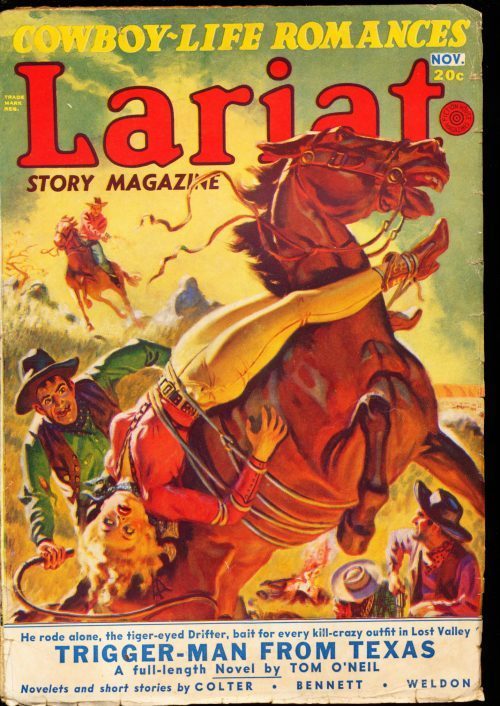



5 Random Pulps
#5 Random#5 Random Pulps#Pulp#Pulp Art#Pulp Illustration#Fantastic Adventures#Lairit Story Magazine#Mystery Stories#Spicy Stories#Golden Fleece#Vintage#Art#Mystery#Fantasy#Science Fiction#Spicy#Westerns#Gorillas
42 notes
·
View notes
Text
Gold Headdress Ornament from Ancient Colchis (Georgia/South Caucasus) c. 350-300 BCE: this is a stunning example of Colchian goldsmithing, and it reflects a blend of cultural influences from both Europe and Asia

Ancient Colchis was located in what is now the nation of Georgia, nestled in the South Caucasus (modern-day Georgia can be seen on this map). It stood right on the boundary between the Eastern and Western worlds, with Europe on one side and Asia on the other; as a result, there are many Colchian (and Georgian) artifacts that combine the different styles and techniques of cultures from throughout Eastern Europe, the Mediterranean, the Middle East, and Central Eurasia.
From the Wine, Worship, and Sacrifice exhibition at NYU:
In technique and form, the piece is firmly rooted in local Colchian production. What makes the piece so fascinating, however, is its wide array of cultural influences.
Framed on three sides by rounded studs, the central area features a stylized stag and three smaller deer set around it––a motif also present in the gold work of the nomadic Scythians in the northwest. The piece’s openwork design recalls objects produced in Luristan in the southeast. Along the folded upper edge is a pair of outward-facing lions that, in composition, seem loosely related to Assyrian door guardians. Between them are three birds, a motif that occurs throughout ancient cultures, but which is particularly present in the goldwork at Vani.
The Colchians were also renowned for their talent as goldsmiths, and Colchis itself was famous as the place where Jason and the Argonauts were said to have acquired the Golden Fleece (according to the Greek Argonautica).
There are many incredible pieces of goldwork that have been unearthed from Colchian sites, but this has always been one of my favorites.

Sources & More Info:
Institute for the Study of the Ancient World: Wine, Worship, and Sacrifice
J. Paul Getty Museum: Golden Graves of Ancient Vani
J. Paul Getty Museum: About Colchis and Vani
World History: Portion of a Colchian Headdress
#archaeology#artifact#history#ancient history#colchis#georgia#caucasus#vani#goldsmithing#art#ancient greece#mythology#greek mythology#jason and the argonauts#golden fleece#sakartvelo#kolkheti#gold#crafting#scythian#stag#ancient art#jewelry#goldwork
11 notes
·
View notes
Text
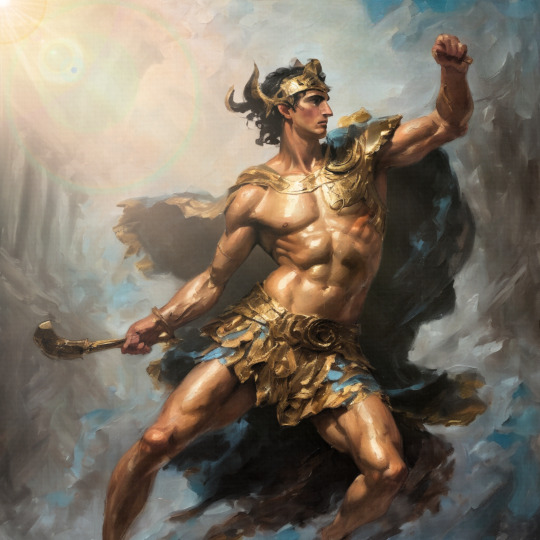
Perseus, hero of Ancient Greek Mythology
#perseus#golden fleece#classical heros#alteredai#classical antiquity#ancient greek mythology#mythological art#mythological#hellenic mythology#legendary heroes
14 notes
·
View notes
Text

Everything is happening, but you won't be left behind.
17 notes
·
View notes
Text
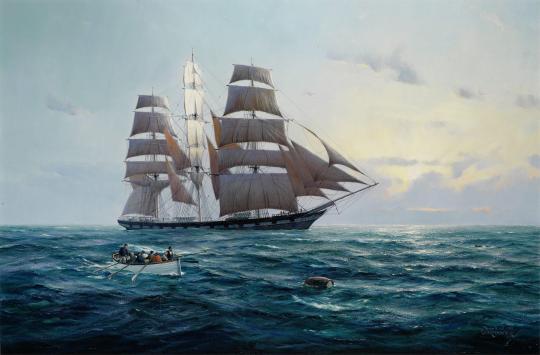
Golden Fleece, by Derek G.M. Gardner (1914-2007)
72 notes
·
View notes
Photo
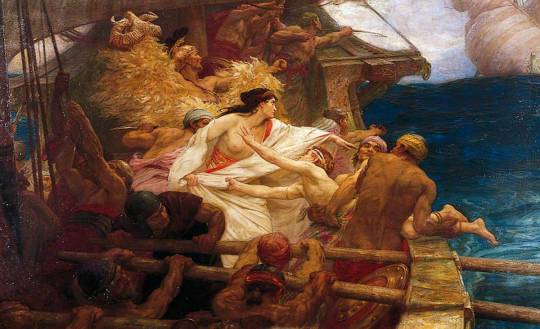
The Golden Fleece - Herbert James Draper
25 notes
·
View notes